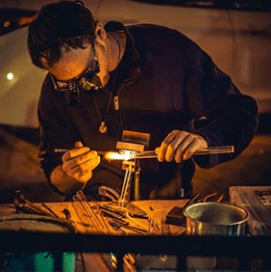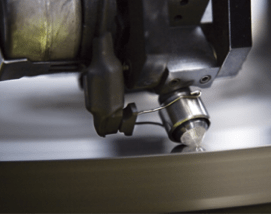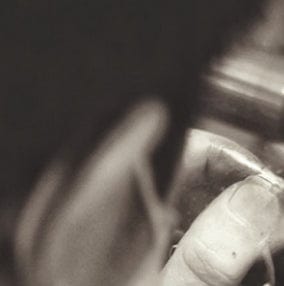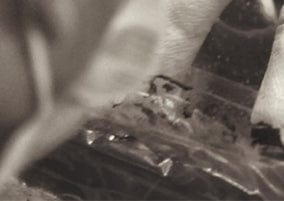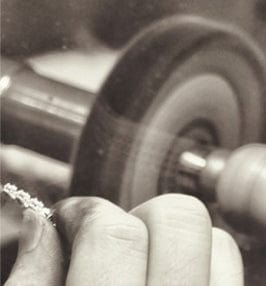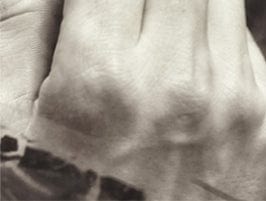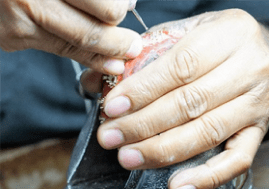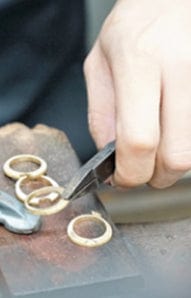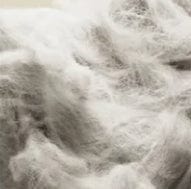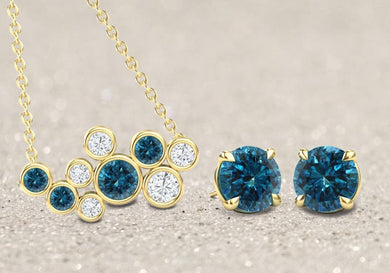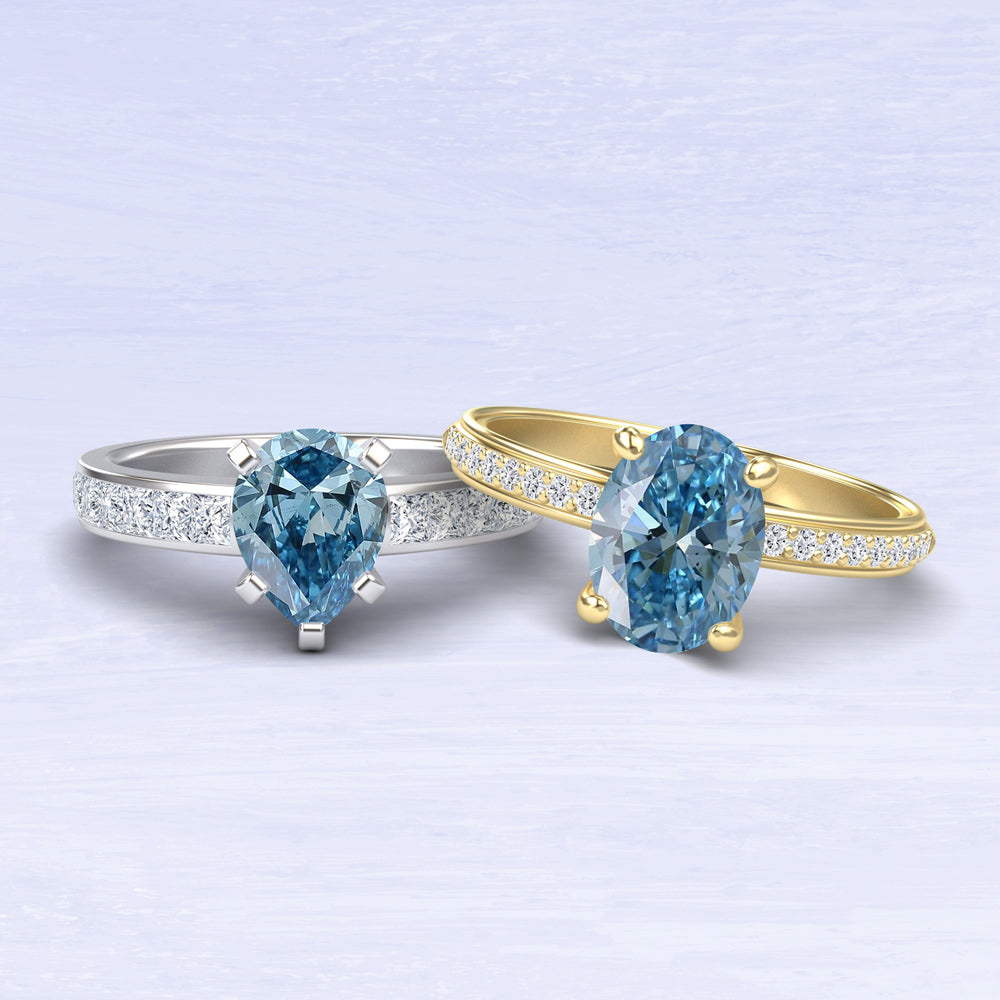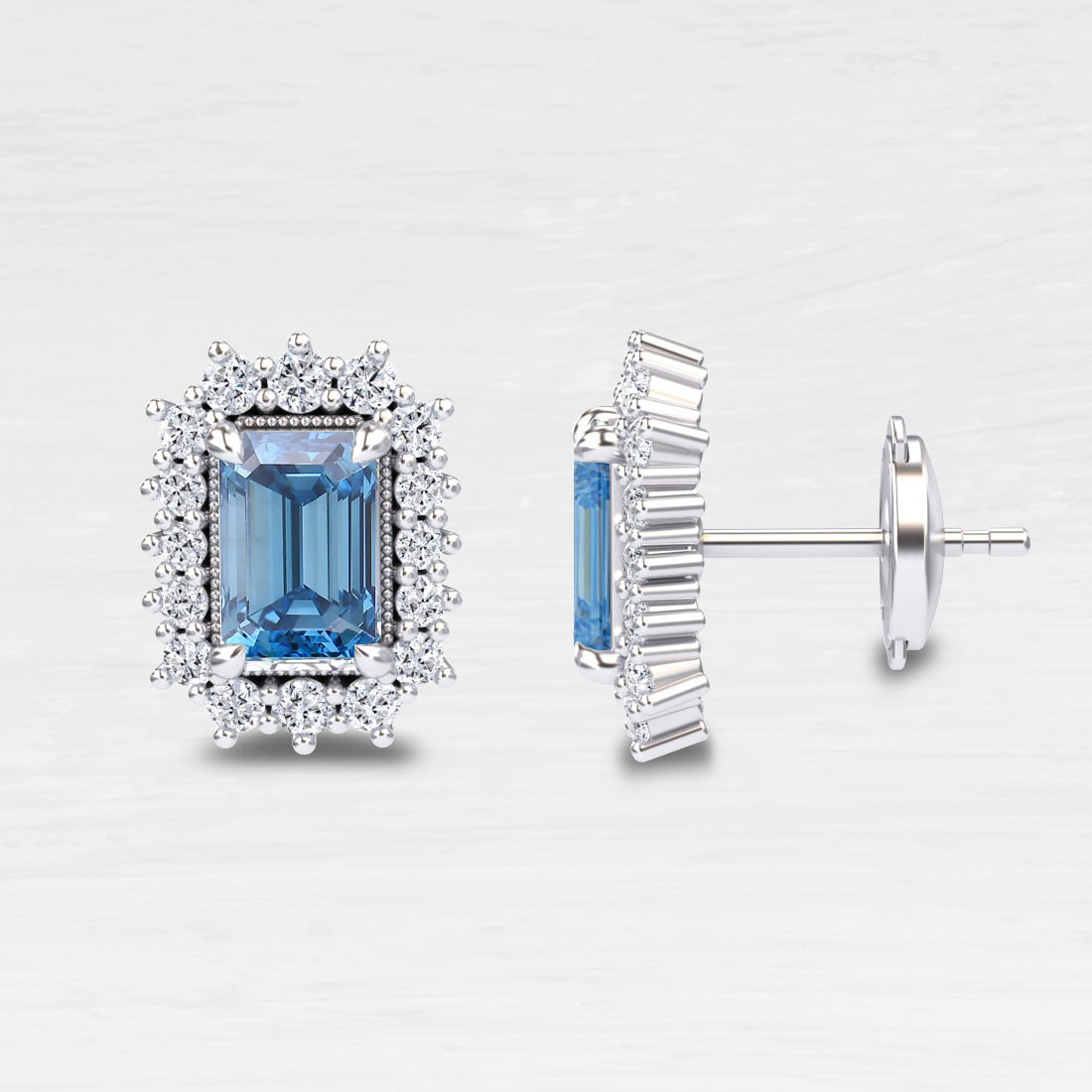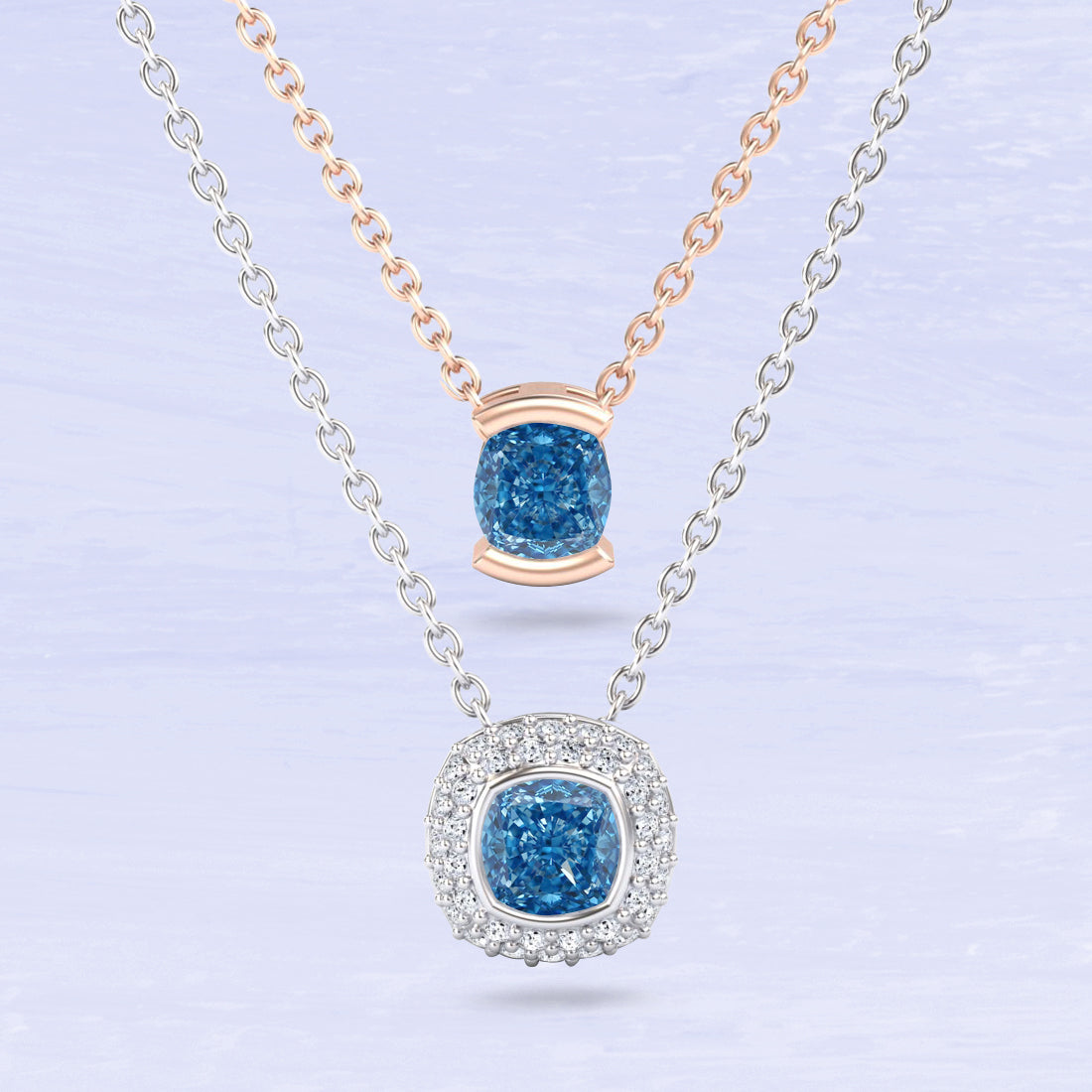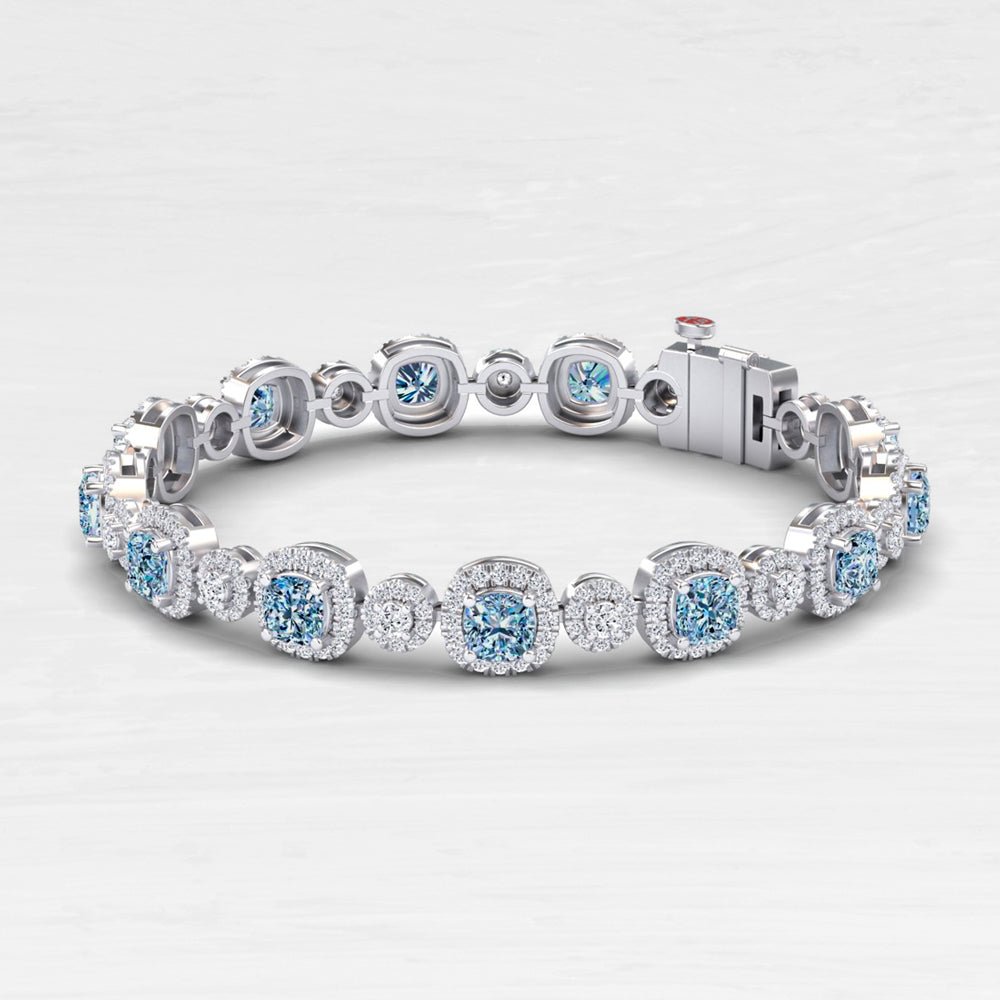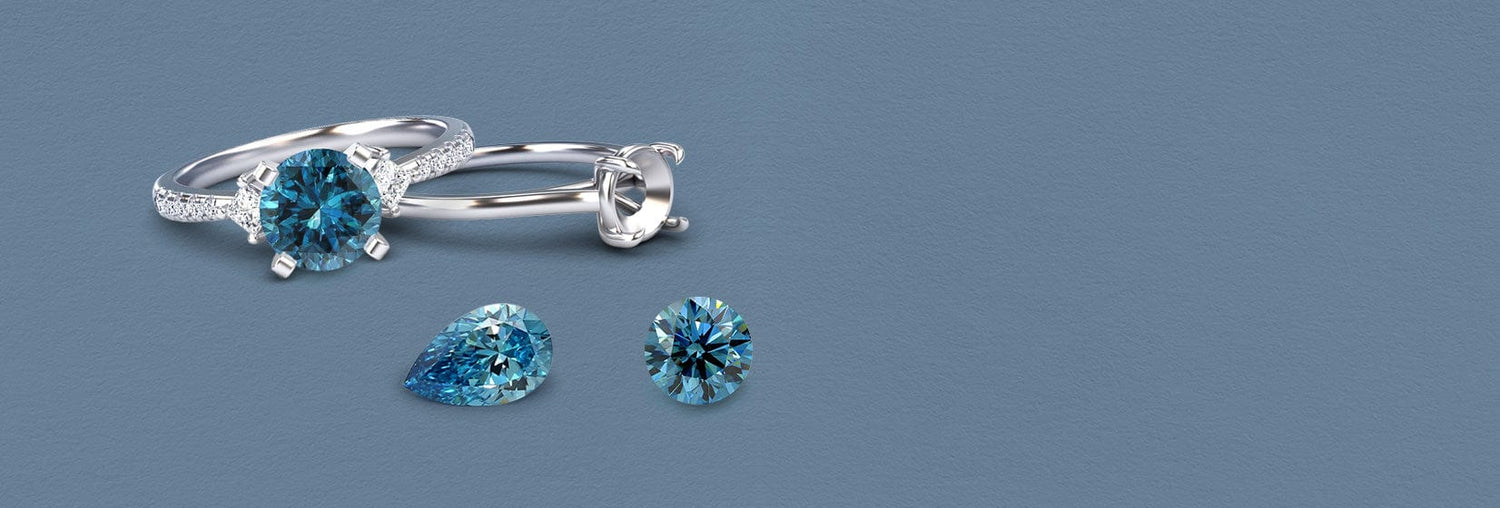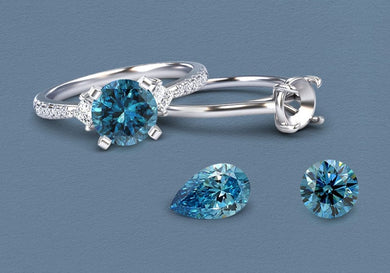Shop By Category
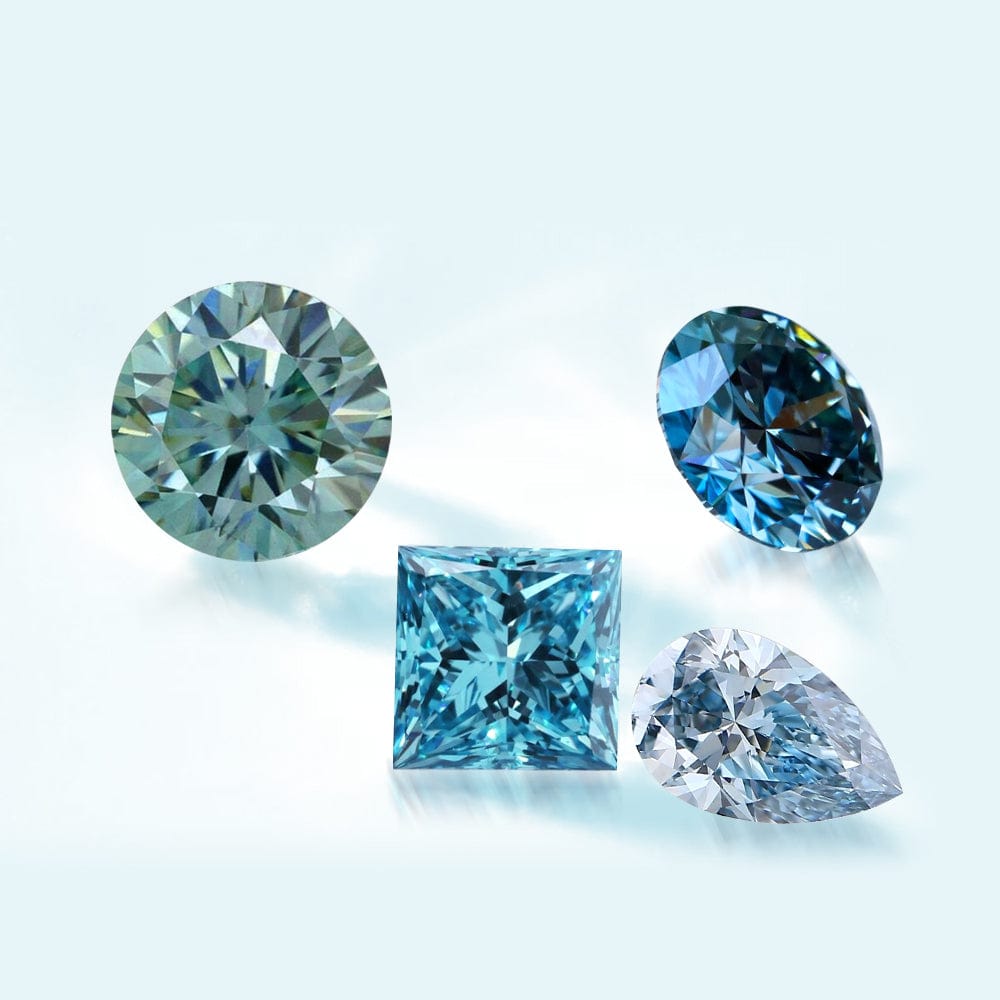
Colors of Blue Diamond & its Origin
Blue diamonds owe their extraordinary color to the presence of boron atoms within their crystal structure during formation. Their hues can range from a faint, ethereal blue to a deep, intense, and even vivid blue, often with secondary modifiers like gray or violet. These captivating diamonds are among the rarest and most sought-after gemstones on Earth. The vast majority of the world's natural blue diamonds, including the famous Hope Diamond, have originated from a single source: the historic Cullinan Mine in South Africa, making their natural origin exceptionally scarce.
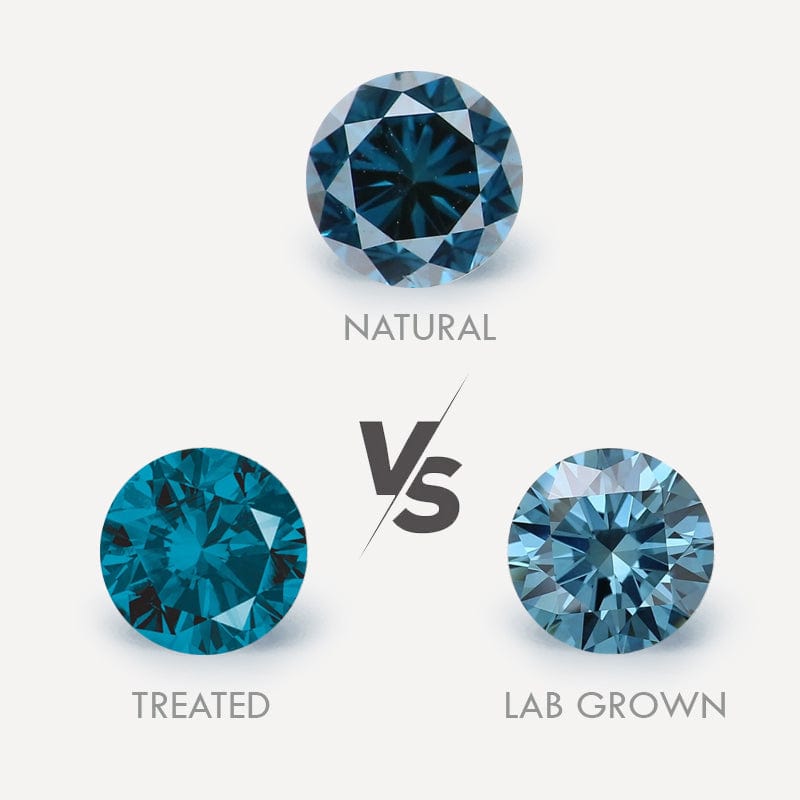
Natural Vs Treated Vs Lab Grown
Blue diamonds come in three distinct types: natural, treated, and lab grown. Natural blue diamonds are extremely rare and form over millions of years, often carrying a premium price due to their scarcity and unique color. Treated blue diamonds are natural diamonds enhanced through irradiation or heat to achieve their blue hue, offering a more affordable alternative with striking appearance. Lab grown blue diamonds are created in controlled environments using advanced technology, mimicking nature's process while being more sustainable and budget-friendly. Each type offers beauty and brilliance, catering to different preferences and values.
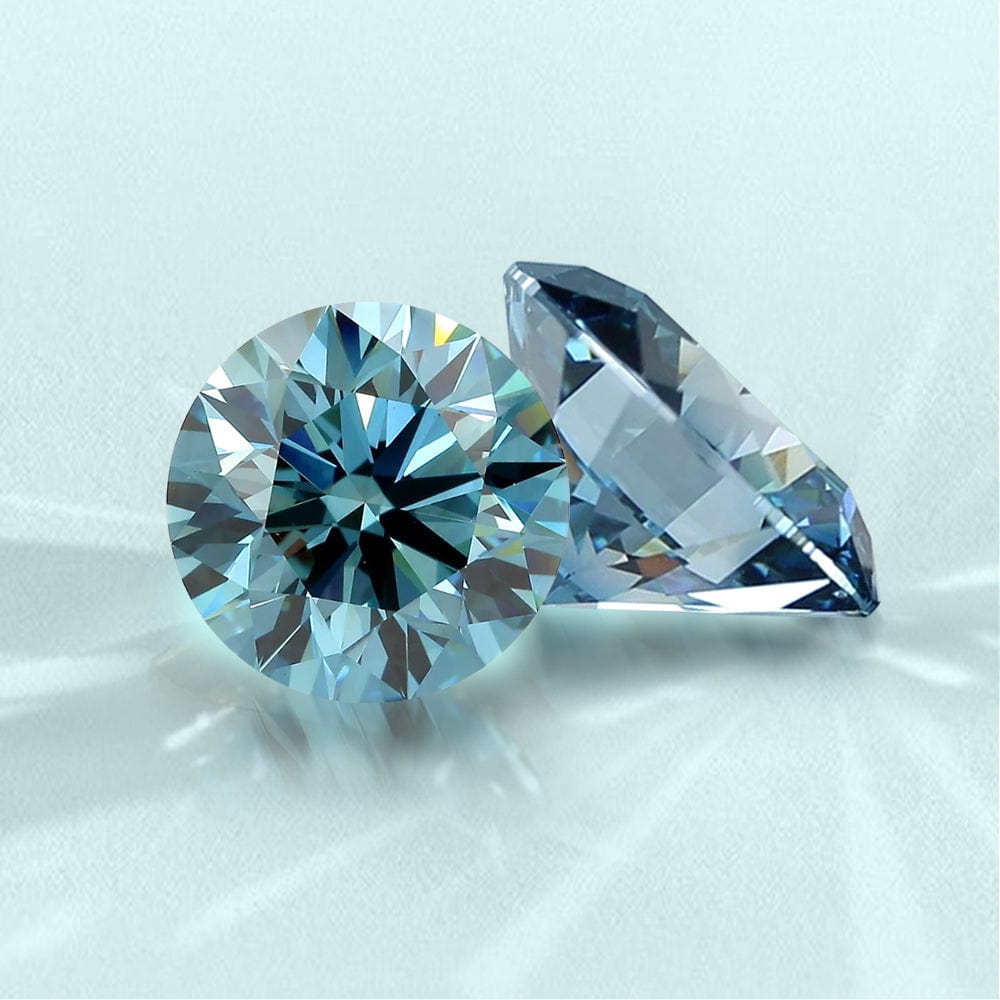
Understanding the Pricing of Blue Diamonds
The pricing of blue diamonds is dictated by their unparalleled rarity; they are among the most valuable and coveted gemstones on Earth. The primary driver of their astronomical price is the intensity and saturation of their blue color, with Fancy Vivid Blue commanding the highest premiums. Even a slight increase in color depth can lead to a exponential jump in value. Secondary hues and the absence of any undesirable tints also play a significant role. While carat weight and clarity are considered, their impact is secondary to the exceptional color, making high-quality natural blue diamonds an elite investment.
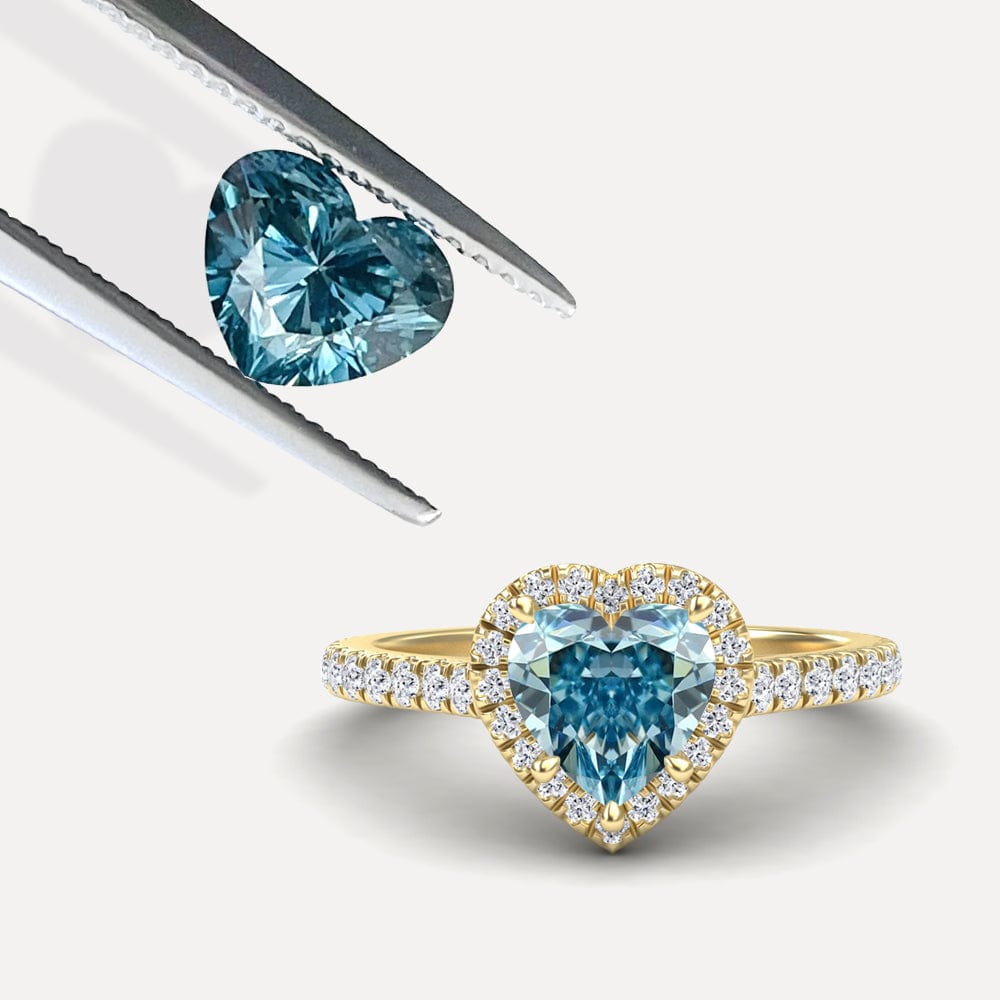
Take Care of your Blue Diamond
To preserve the breathtaking beauty of your blue diamond, treat it with the care it deserves. Clean your blue diamond jewelry regularly using warm, mild soapy water and a soft-bristled brush, rinsing thoroughly to maintain its sparkle. While diamonds are the hardest known mineral, avoid harsh chemicals, ultrasonic cleaners, or steam cleaners, which can compromise the setting or any potential treatments. Always remove your blue diamond pieces before engaging in strenuous activities to prevent impacts, and store them separately in a soft pouch to protect against scratches.
